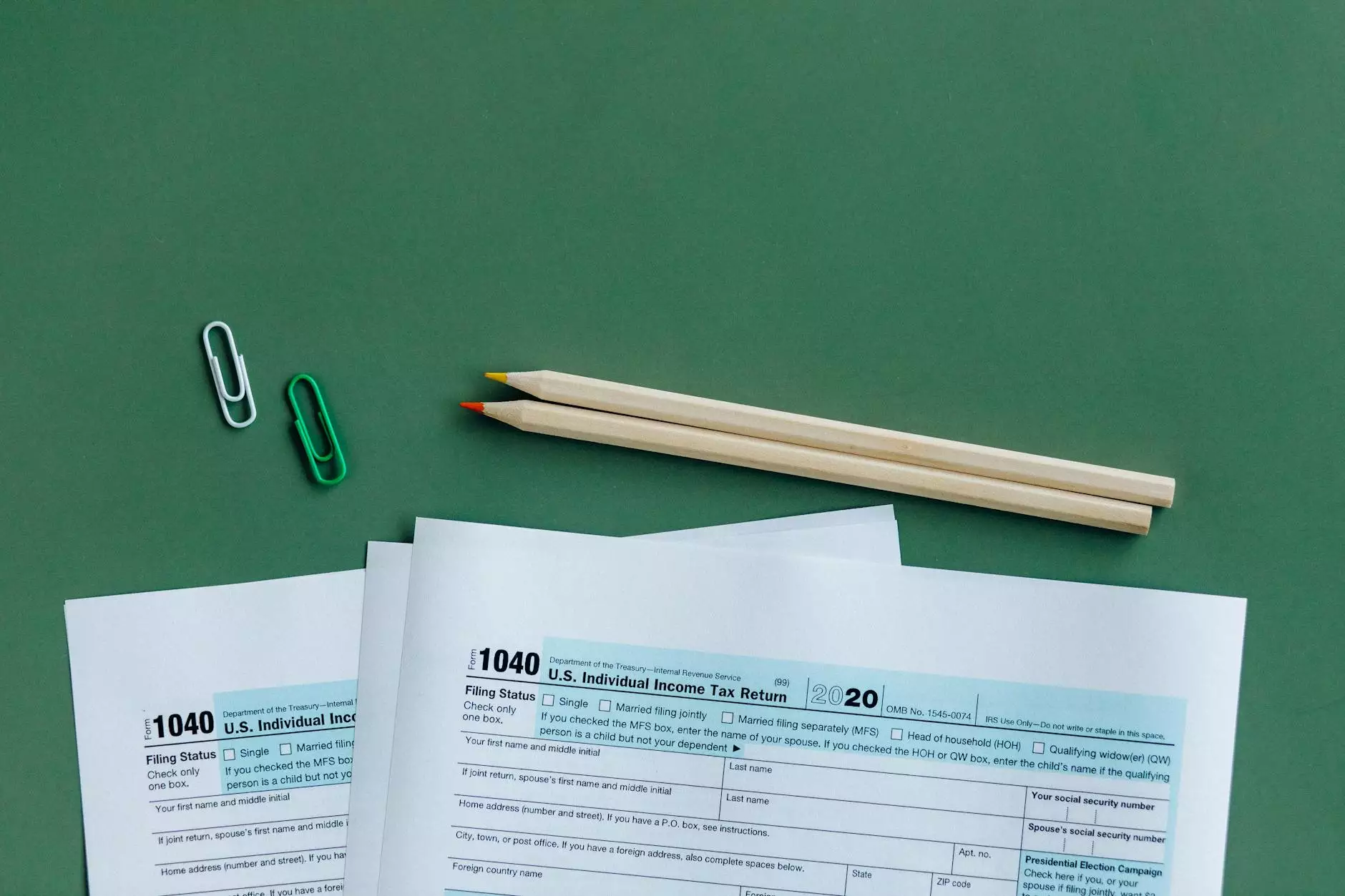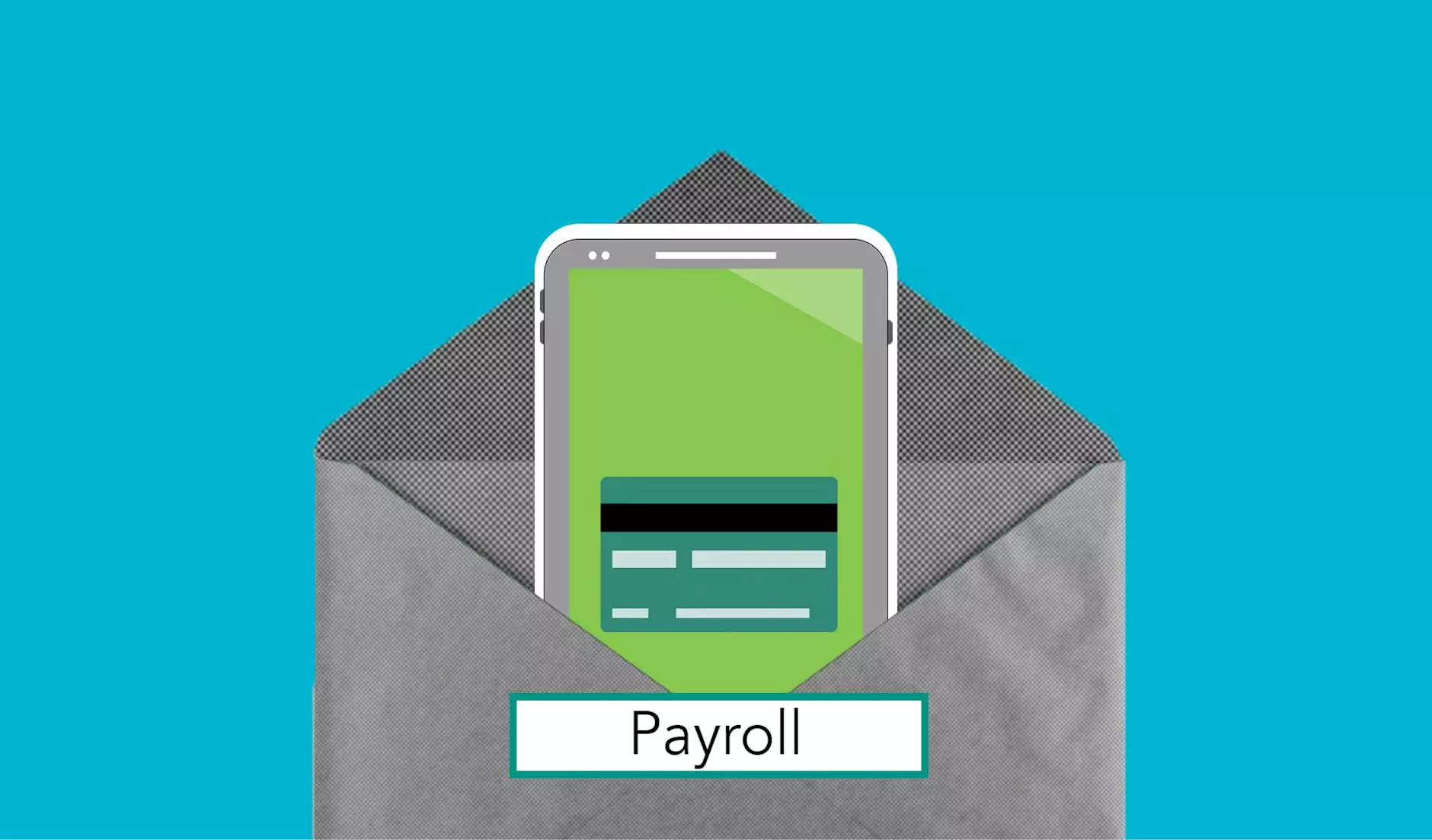How To Break Down Your W2 Form

Understanding Your W2 Form for Tax Purposes
As tax season approaches, it is crucial to understand your W2 form in order to accurately report your income and file your taxes. The W2 form, also known as the Wage and Tax Statement, is a document provided by your employer that summarizes your annual earnings and the taxes withheld throughout the year.
Section 1: Employee Information
The first section of your W2 form contains essential information about you as an employee. It includes details such as your name, address, and social security number. Ensure that all the information in this section is correct and up to date.
Section 2: Income and Tax Withholdings
The second section of the W2 form displays your income and the taxes withheld. The key elements in this section are:
- Box 1: Wages, Tips, and Other Compensation - This box reports your total taxable income before any deductions or exemptions. It includes your regular wages, tips, bonuses, commissions, and other forms of compensation.
- Box 2: Federal Income Tax Withheld - This box shows the total amount of federal income tax withheld from your earnings throughout the year. It is essential to review this amount carefully, as it directly affects your tax liability or refund.
- Box 3: Social Security Wages - This box reflects the portion of your income subject to Social Security tax. The amount in this box may differ from Box 1 if you have pre-tax deductions like contributions to a retirement plan.
- Box 4: Social Security Tax Withheld - This box displays the total amount of Social Security tax withheld from your pay.
- Box 5: Medicare Wages and Tips - This box represents the portion of your income subject to Medicare tax.
- Box 6: Medicare Tax Withheld - This box showcases the total amount of Medicare tax withheld from your income.
Section 3: Additional Information
The third section of your W2 form contains additional information that may be relevant to your tax return. Some common elements in this section include:
- Box 12: Codes - This box includes various codes that represent different types of compensation or benefits you may have received during the year. These codes can include contributions to retirement plans, health insurance premiums, or other taxable benefits.
- Box 13: Checkboxes - This box contains checkboxes related to important details such as whether you are a statutory employee, participated in a retirement plan, or received third-party sick pay.
Utilizing Your W2 Form for Tax Planning
Once you have a clear understanding of your W2 form, you can use it to your advantage during tax planning. Here are a few tips:
1. Evaluate Your Withholdings
Review the amounts in Box 2 (Federal Income Tax Withheld) and assess whether they align with your current tax situation. If you had significantly different income or deductions compared to previous years, you may need to adjust your withholdings accordingly to avoid potential surprises when filing your taxes.
2. Claim Applicable Credits and Deductions
Take note of the codes in Box 12 that signify certain benefits or compensation you received. Determine if any of these codes pertain to tax credits or deductions you may be eligible for. For example, if you contributed to a tax-advantaged retirement plan, you might qualify for additional deductions.
3. Understand Retirement Contributions
If your employer offers retirement plans such as a 401(k) or a 403(b), your W2 form can provide valuable insights into your contributions. Analyze the codes in Box 12 to identify any retirement contributions made on your behalf. Understanding your retirement contributions can help you assess your progress towards financial goals and plan for the future.
4. Seek Professional Guidance
If you are unsure about how to interpret your W2 form or need assistance with tax planning, it is always advisable to consult a qualified tax professional. They can help you navigate the complexities of tax regulations and ensure you make informed decisions.
Conclusion
Understanding and breaking down your W2 form is an important step towards accurate tax reporting and planning. By comprehending the different sections and codes on your W2 form, you can effectively manage your tax liability and make strategic financial decisions. Remember to always review your W2 form carefully, seek advice when needed, and stay updated with the latest tax regulations.









